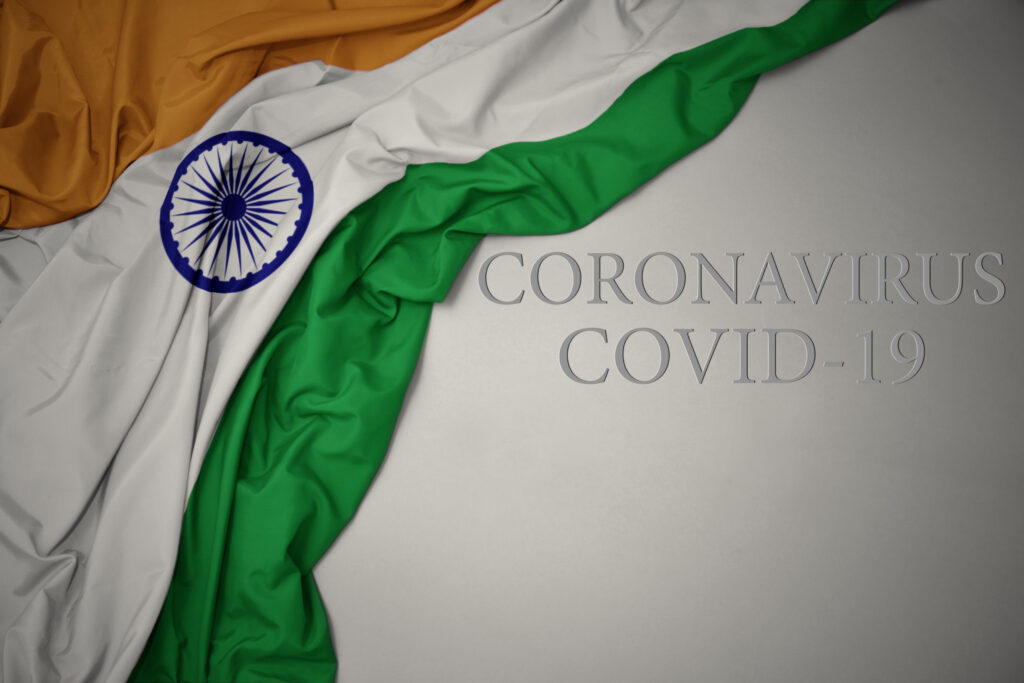COVID-19 becoming an endemic condition has been discussed as an eventuality since the start of the pandemic. Omicron, with the assumption that cases are often less severe, may be the start of this.

Given the virality of COVID-19 – and the sheer number of conditions and pace at which it spread – it was always unlikely that the progression of the pandemic would be entirely halted. Even in countries where vaccination rates are very high, breakthrough cases – or cases in which a person is infected despite either being previously infected or vaccinated – can allow the disease to continue spreading. Eradication of COVID-19, therefore, was always a longshot.
It was therefore speculated that eventually, COVID-19 would simply become an endemic condition, much the same as the flu. One of the key prerequisites of COVID-19 becoming endemic was the emergence of a less lethal strain. This is crucial as it allows many in the country to become infected, but after recovery the development of antibodies should confer immunity.
The endemic stage is reached when a large portion of the population possesses antibodies against a condition. This is achieved either through immunisation, or when enough of the population has developed immunity through infection. At this point, the spread of the disease begins to slow, though is never fully eradicated, resulting in a constant level of infection that often becomes easier to predict as an annual figure.
Doctors at numerous hospitals across South Africa are now reporting that, while cases are increasing, fewer are reporting severe symptoms or requiring hospital treatment. This is a cause for cautious optimism as any resultant wave from the newest strain could be far less deadly than those we have previously encountered.
During the first wave of COVID-19 in India, the Indian Council of Medical Research (ICMR) had estimated that one infected person could spread the disease to 406 more people in the space of thirty days, if there is no lockdown. Initial (and as of yet, unpublished) data from South Africa suggests that Omicron could be around three times more infectious than the initial outbreak strain.
Though this data would suggest that a potential 1,200 people may be infected by any individual currently infected over the period of a month, experts have pointed out that we are currently in a very different situation than at the start of the pandemic. Nearly two years have passed since COVID-19 was first reported in India. Vaccinations, as well as natural infections have increased the level of immunity within the population during this time.
“Though Omicron has many more mutations, there are many viral surface particles which are not yet mutated. The people who have some kind of immunity towards the viral surface proteins will have more or less some amount of protection against the new Omicron variant as well,” said Dipu T.S, Clinical Associate Professor at the Division of Infectious Diseases, Amrita Hospital. “So, though breakthrough infections are possible, the chances of Omicron infecting huge numbers at a go is impractical and impossible in the best scenario and the curve will have to go up slowly.”
Omicron has already been detected across the globe. There is current speculation that the strain is beginning to outcompete the Delta variant. Such an eventuality, should Omicron indeed be found to be a less deadly strain, may be a step towards an end of the pandemic and the beginning of an endemic stage.
“The virus is spreading extraordinarily fast,” said Willem Hanekom, director of the Africa Health Research Institute. “If you look at the slopes of this wave that we’re in at the moment, it’s a much steeper slope than the first three waves that South Africa experienced. This indicates that it’s spreading fast and it may therefore be a very transmissible virus.”
“It’s still early days, but increasingly, data is starting to trickle in, suggesting that Omicron is likely to outcompete Delta in many, if not all, places,” said Dr. Jacob Lemieux, who monitors variants for a research collaboration led by Harvard Medical School.
Despite speculation of a less deadly variant, India must still brace itself for a potential future wave. Due to the high infection rate of the Omicron variant, there still lies the potential for health systems to be overwhelmed. Given India’s current low caseload, now is the time to prepare.

